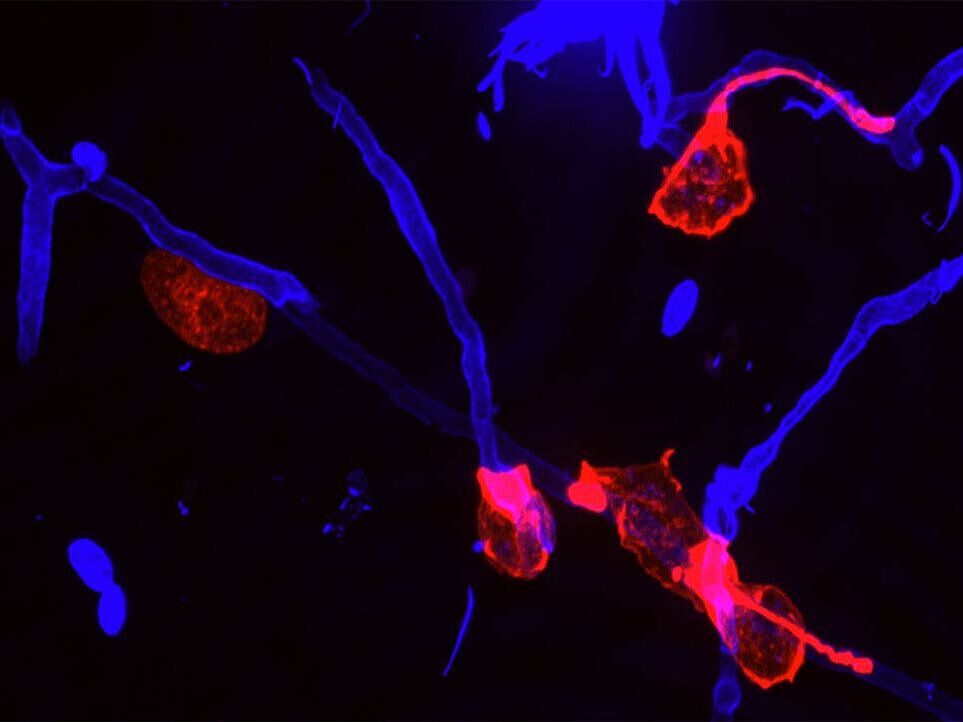Fungal diseases in crops cause billions of euros in lost yields every year. Agriculture is countering this with the extensive use of chemical fungicides. The economic importance of these agents is undisputed, but the ecological and health risks are also increasingly gaining attention. In this context, biological plant protection products are increasingly coming into focus. These substances are also known as Biological Control Agents (BCAs) and are based on living organisms such as bacteria, fungi or viruses that are used specifically to combat harmful pathogens or feeding insects.
The project involves the development of a new, biological fungicide based on fungus-eating amoebae. In the project, a pre-industrial production of a stable, permanent form of the amoebae is being developed in the biotechnology laboratories on the island of Poel and with the support of "e-nema Gesellschaft für Biotechnologie und biologischen Pflanzenschutz mbH" as a practical partner.
In further work, the effectiveness against selected fungal infections in crops is being tested in the laboratory and greenhouse. In addition, the regulatory requirements for approval as a biofungicide and the work required for this will be compiled.


